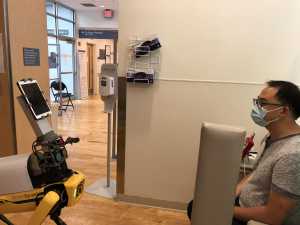Author Interviews, Gender Differences, Heart Disease, JAMA / 22.04.2021
VA Study Finds Cardiovascular Health Care Disparities Among Young, Female Veterans
MedicalResearch.com Interview with:
First Author
Michelle Lee, MD, PharmD
Fellow-in-training, Health Services Research & Development
Michael E. DeBakey VA Medical Center, Houston, TX
Senior & Corresponding Author
Salim S. Virani, MD, PhD, FACC, FAHA, FASPC
Professor, Section of Cardiovascular Research
Director, Cardiology Fellowship Training Program
Baylor College of Medicine
Staff Cardiologist, Michael E. DeBakey Veterans Affairs Medical Center
Co-Director, VA Advanced Fellowship in Health Services Research & Development Michael E. DeBakey VA Medical Center, Houston, TX
Investigator, Health Policy, Quality and Informatics Program
Michael E. DeBakey Veterans Affairs Medical Center HSR&D Center of Innovation
Houston, TX
MedicalResearch.com: What is the background for this study?
Response: Atherosclerotic cardiovascular disease (ASCVD), defined as ischemic heart disease (IHD), ischemic cerebrovascular disease (ICVD), or peripheral arterial disease (PAD), is the leading cause of death globally. Particularly in young ASCVD patients, secondary prevention with antiplatelet therapy and statins are extremely important in reducing disease burden.
(more…)






























